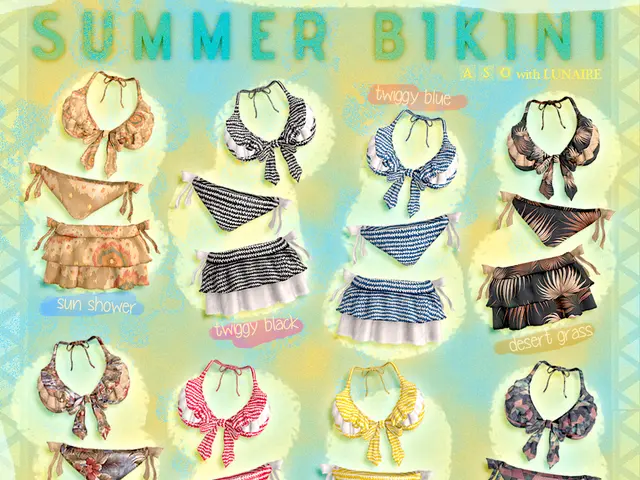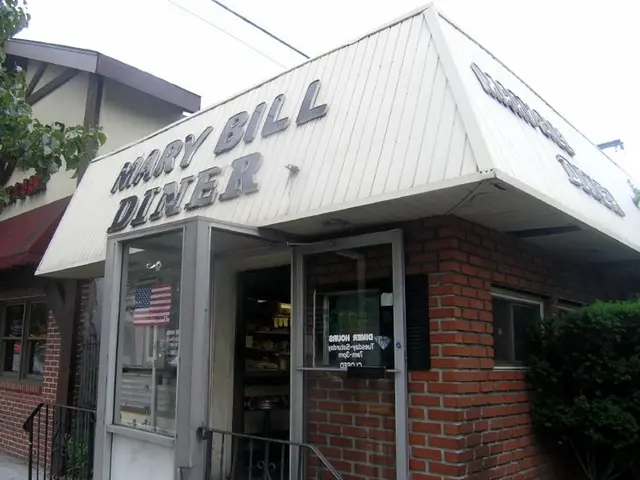Discovering Japanese Knives: A Comprehensive Guide for Novices on Sharped Edge Tools!
========================================================================
In the realm of culinary tools, Japanese knives stand out for their precision, sharpness, and finesse. With origins dating back to the days of the samurai, these knives have evolved alongside Japanese cuisine, each design shaped by specific cooking needs.
Japanese knives, such as the Gyuto, Santoku, Nakiri, Deba, Yanagiba, and Petty Knife, each serve a distinct purpose. A Santoku or Gyuto, for instance, is versatile enough for most everyday cooking.
The key differences between Japanese and Western knives lie in their construction, steel hardness, blade geometry, and design purpose. Japanese knives are typically made from harder, high-carbon steel, are lighter, thinner, and sharpened to a finer edge, which allows for incredible sharpness and precision cutting. Western knives, on the other hand, often use softer, thicker steel with a wider edge angle, making them heavier, more durable, and versatile for various kitchen tasks.
The thinner, harder blades of Japanese knives enable extremely clean, precise cuts ideal for delicate ingredients like fish or vegetables. However, this also makes them more fragile and prone to chipping or damage when used on hard materials. This necessitates regular maintenance, careful handling, and frequent light sharpening to maintain peak performance.
Japanese knives prioritize precision and cutting performance over durability and versatility because their design philosophy focuses on specialized tasks and culinary finesse. In contrast, Western knives aim for robustness and multi-purpose use, catering to broader cooking styles that value durability and the ability to handle tougher cutting jobs without damage.
When it comes to handles, Japanese knives often feature the Wa-handle, a traditional style made of wood, or the Yo-handle, a Western-style handle with more weight and a familiar grip for many home cooks.
Good entry-level Japanese knives start around $50-$100. It's recommended to try both wa-handles and yo-handles if possible to see what feels better in your hand. Avoid glass or marble surfaces with Japanese knives, and consider a honing rod to maintain the edge of Japanese knives.
Japanese knives need regular sharpening and proper storage to prevent dulling or chipping. They were originally crafted using the same skills and techniques used for katana swords, and today, brands like Kyoku combine traditional forging methods with modern innovation to create high-quality Japanese knives.
In summary, Japanese knives offer an exceptional cutting experience for delicate ingredients, but require careful handling and regular maintenance. Their thinner, harder blades, high-carbon steel, and focus on precision make them ideal for culinary finesse. Western knives, however, prioritise durability and versatility, making them a better choice for heavier chopping and multi-purpose cutting.
In the realm of lifestyle and home-and-garden maintenance, Japanese knives, such as the Gyuto, Santoku, Nakiri, Deba, Yanagiba, and Petty Knife, are not only essential culinary tools but also beloved accessories. With proper care and maintenance, these knives can improve your food-and-drink preparation experience, offering an exceptional cutting experience for delicate ingredients.




